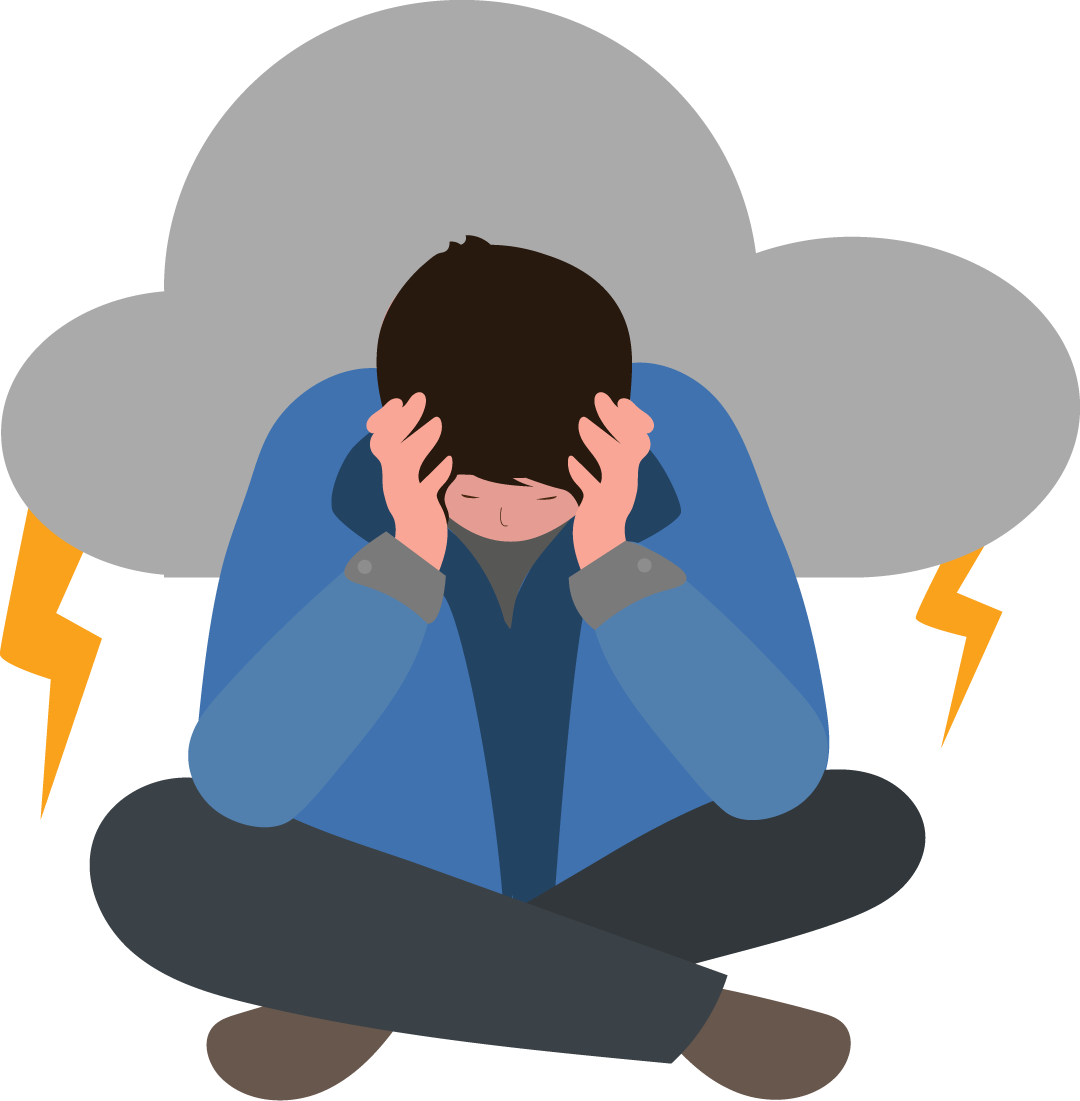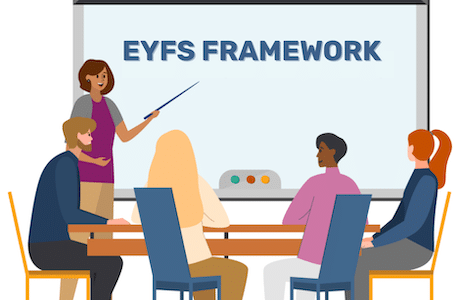The number of children who experience domestic abuse in the UK is staggering, but the signs that someone is struggling can be difficult to spot. Over 800,000 children are estimated to be affected, with abuse by a parent forming a common factor in Local Authority referrals to children’s services.
Domestic abuse is also an incredibly complex issue, covering many different behaviour patterns and experiences. The Domestic Abuse Act 2021 recognises children that see, hear or experience the effects of domestic abuse as victims, rather than witnesses. Even if abuse is not directed at children, it can still have a huge impact on their overall health and wellbeing.
Like all safeguarding concerns, early intervention is key to reducing the risks of domestic abuse. It’s vital that children that may be experiencing abuse receive the support they need as quickly as possible to ensure they are protected from serious harm. This blog explores the impact of abuse and how a collaborative approach in education settings, coupled with software solutions, can help identify and support vulnerable children.
Domestic abuse does not discriminate
It’s important to recognise that abuse doesn’t discriminate – any child can be affected, regardless of their background or personal circumstances. Between 2020 and 2021, police made almost 245,000 referrals to social services about domestic abuse, which was an 8% increase on the previous year. For every child that experiences abuse, there is risk of serious consequences to their health, safety and wellbeing.
The potential impacts of domestic abuse are wide-ranging. The short-term effects of domestic abuse include difficulty sleeping, social withdrawal, low school attendance and poor grades. Long-term domestic abuse can lead to mental health issues such as depression or anxiety, a low sense of self-worth, eating disorders, drugs, alcohol abuse and trauma.
The Child’s Safeguarding Review Panel’s 2020 annal report found that domestic abuse was featured in 43% of incidents involving serious harm and 41% of fatal incidents. With such devastating potential consequences, it’s essential that all staff working with children have the tools to help them identify concerns and respond in a quick and appropriate manner.
The role of educational settings
Everybody has a responsibility to protect the safety and wellbeing of children and young people. Staff across all educational settings have a duty of care to work with local authorities, the police and any other relevant setting to make sure that no child abuse is overlooked. It’s important that all staff are equipped with the tools to monitor signs of abuse and escalate any concerns with the appropriate agency or authority.
First, let’s look at the signs of abuse that staff can look out for. Children who are victims of domestic abuse may show the following signs:
- Issues in school or trouble learning
- Aggressive behaviour or bullying
- Sudden changes in behaviour such as becoming withdrawn or unsettled
- Abuse of drugs or alcohol
- Regular sickness such as colds, headaches, or mouth ulcers
Staff in education often interact with the same children on a regular basis. This puts them in a good position to recognise and monitor any changes in behaviour patterns that might be cause for concern and take steps to make sure that necessary support is put in place as quickly as possible.
Why is a joined-up approach to safeguarding so important?
Although teachers and staff in education settings are in a good position to monitor and safeguard the wellbeing of children they encounter, the best practice involves consistent communication and collaboration between agencies. The Department of Education states that successful outcomes for children depend on strong partnerships between those responsible for each child’s care, in which important information is shared and a joined-up approach to safeguarding is implemented.
By sharing information, incidents, and concerns across agencies, staff can work together to develop a full picture of each child’s circumstances. This can help everyone involved in a child’s care to spot the signs of any potential safeguarding issues and ensure support is put in place quickly when needed. In other words, strong communication between agencies can help make sure that no information is missed, and the risk of significant harm is reduced.
How safeguarding software can help
Often a joined-up approach to safeguarding is most effectively implemented when staff have access to tools which enable fast and easy communication between agencies and settings. With CPOMS Engage for example, schools, PRUs and APs can share information immediately with other agencies through a share contract.
Safeguarding software can help education staff to monitor and respond to cases of domestic abuse by:
- Providing a space to log and monitor any incidents, issues or concerns involving each child, and create a clear chronology of behaviours and events that might indicate underlying or more serious concerns
- Enabling a secure transfer of information for specified pupils to be immediately shared with other agencies such as the police or social services, to make sure that everyone is aware and up to date on each child’s circumstances
- Providing a bank of evidence to help make sure vulnerable children receive the support they need, and nobody struggling with domestic abuse falls through the gaps
Remaining vigilant is key
For anyone who works with children, being aware of the signs of domestic abuse is an important first step in protecting vulnerable children from harm. It’s also important that staff work together to provide a joined-up approach to safeguarding, to make sure that nothing is missed, and children continue to receive the support they need. With safeguarding software like CPOMS Safeguarding and CPOMS Engage, staff across settings can work together to identify and communicate any concerns about domestic abuse and provide fast and effective intervention which prevents issues from escalating.
For more information about how CPOMS safeguarding solutions can help you to recognise the signs of domestic abuse and protect the children in your care, request a demo today.




